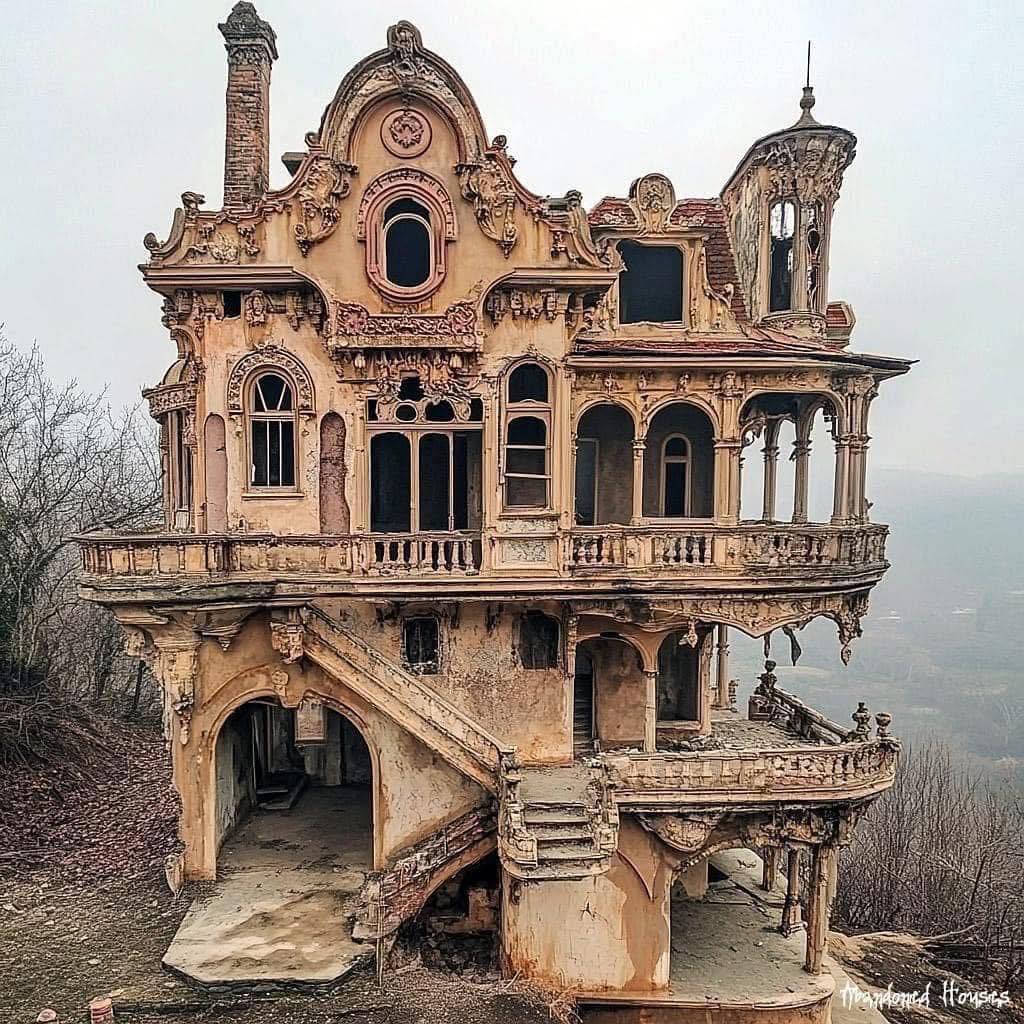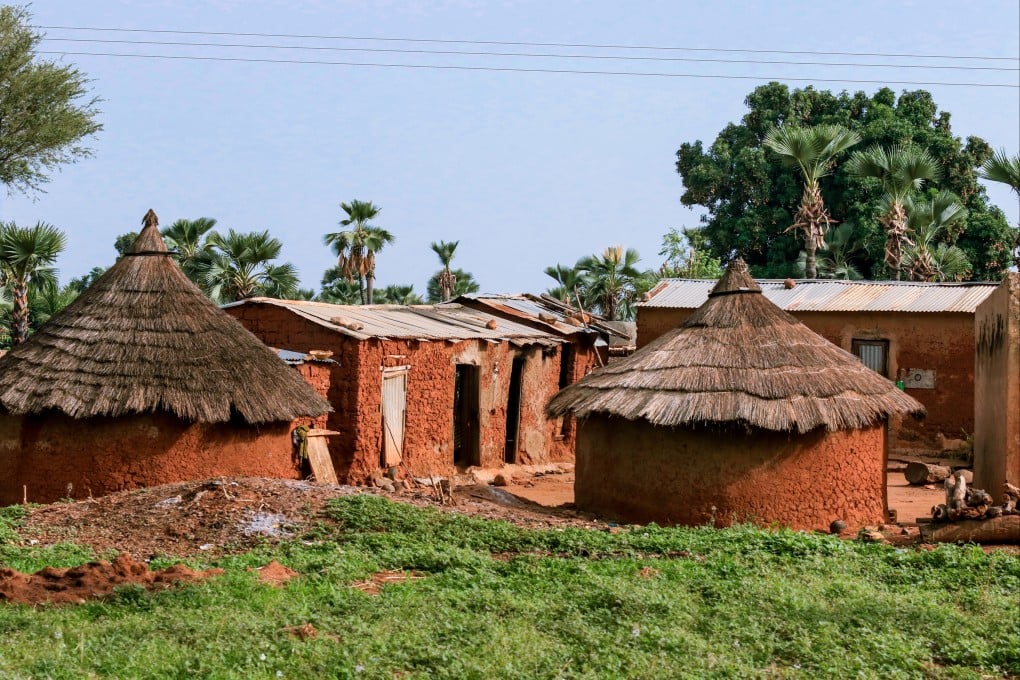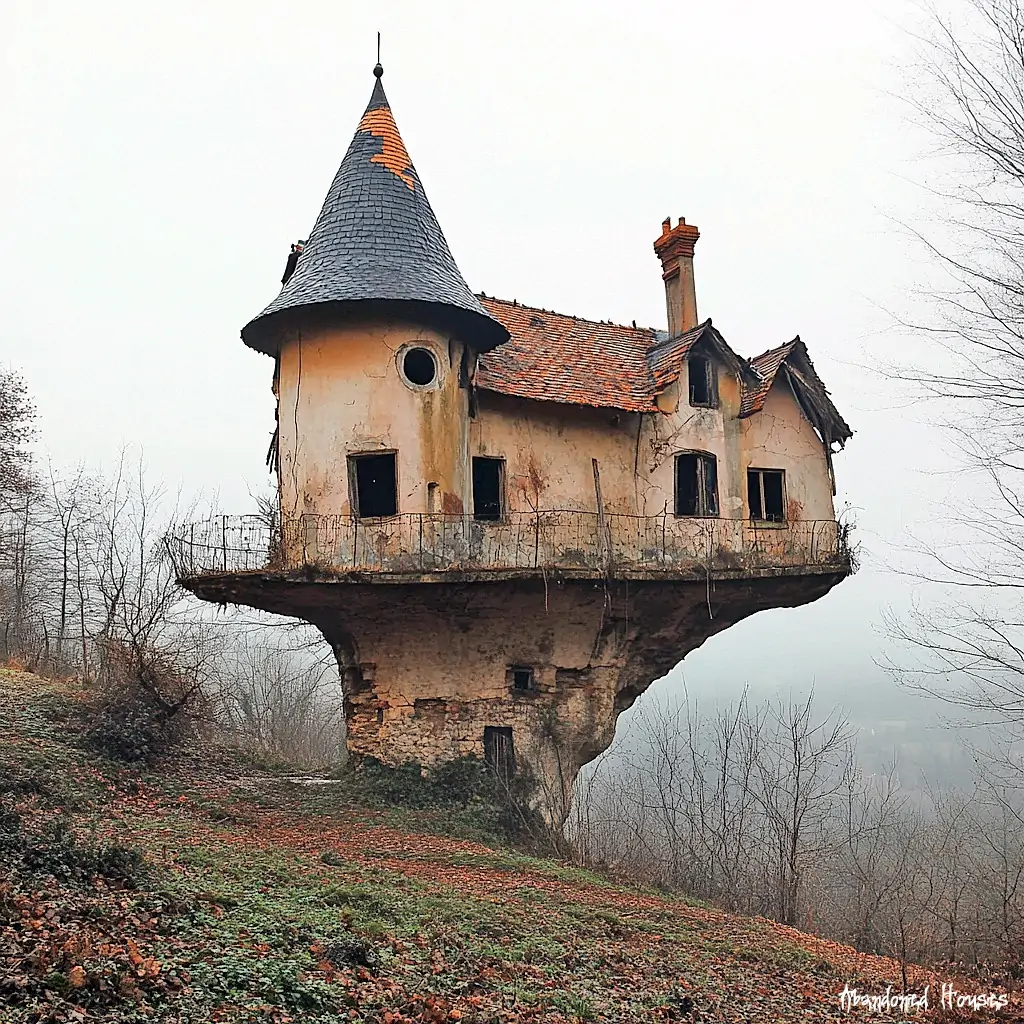Why Abandoned Clay Houses Are a Reflection of Changing Times

Abandoned clay houses are becoming increasingly prevalent, with their weathered walls and crumbling facades reflecting the passage of time. These structures, often found in rural or remote areas, serve as a powerful reminder of the social, economic, and environmental shifts that have shaped communities over the centuries. The rise and fall of these houses are closely tied to the changing dynamics of the world around them. From the decline of traditional industries to the impact of modern construction techniques, abandoned clay houses provide a unique lens through which we can understand the forces that have shaped the communities they once served.
The Rise and Decline of Clay as a Building Material

Historically, clay was an abundant and affordable building material, especially in regions where it was readily available. In many parts of the world, communities built their homes from clay, using locally sourced materials such as mud, straw, and stones. These houses were both practical and sustainable, with excellent insulation properties that kept them warm in winter and cool in summer. However, with the advent of industrialization, clay began to lose its popularity. New materials like concrete and steel offered greater durability and quicker construction times, leading to the gradual abandonment of traditional clay buildings.
Changing Economic Conditions and Abandoned Clay Houses

The rise of urbanization also played a significant role in the decline of clay houses. As people flocked to cities in search of better economic opportunities, many rural communities saw their populations dwindle. This migration left behind vacant villages with abandoned clay houses. These houses, once vibrant homes to hardworking families, now stand as empty shells, a silent testament to a time when life revolved around agriculture and local industries.
Today, many of these clay houses remain abandoned, waiting for a new purpose or simply fading away into the landscape. In some cases, they are repurposed by artists, architects, or travelers who seek to preserve their charm. However, for the most part, these houses are symbols of a bygone era, one that is rapidly being replaced by modern living standards and an ever-changing global economy.
Environmental Factors Contributing to the Abandonment of Clay Houses

The weathering of clay houses is also closely linked to environmental factors. In many regions, climate change has accelerated the deterioration of these buildings, as extreme weather conditions, such as floods, droughts, and intense heatwaves, take their toll on vulnerable structures. In the past, traditional clay homes were built to withstand the elements, but modern materials and construction methods have largely replaced these time-tested techniques. The abandoned clay houses left behind in areas experiencing environmental stress reflect the fragility of human settlements when faced with shifting natural conditions.
A Reflection of Cultural and Social Change

Abandoned clay houses are not only a physical reminder of changing times, but they also carry cultural and social significance. These structures represent the shift from close-knit rural communities to a more urbanized, fast-paced world. As economies evolve and traditional ways of life fade, these homes stand as relics of a cultural identity that once thrived. The decline of clay houses mirrors the erosion of certain traditions and values, as communities adapt to modern demands.